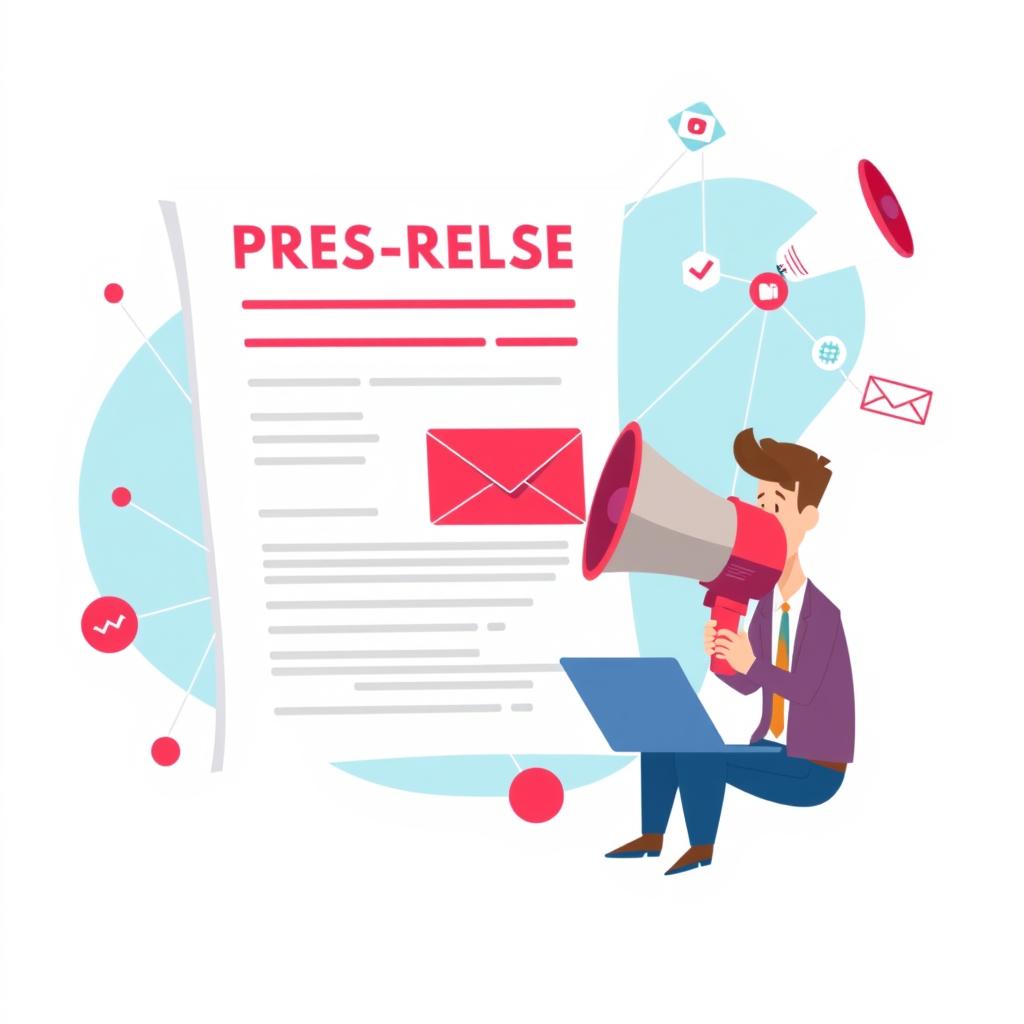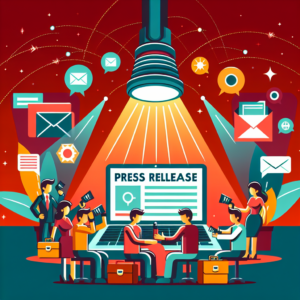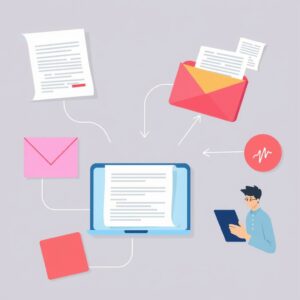Title: How to Master Event Promotion with Strategic Media Outreach
Introduction
Are you hosting an event and wondering how to generate buzz and attract the right audience? Effective media outreach can make all the difference in promoting your event successfully. In this guide, we’ll walk you through six key steps to create a media strategy that captures attention, builds anticipation, and drives attendance. From defining your unique selling points (USPs) to offering exclusive opportunities, these strategies will help amplify your event’s visibility.
—
Define Your Event’s Unique Selling Points
Before reaching out to the media, it’s crucial to identify what makes your event stand out. This clarity will form the foundation of your promotional efforts.
– Identify Core USPs: What sets your event apart from others? Is it the lineup, location, or cause? Highlight elements like keynote speakers, interactive experiences, or charitable initiatives.
– Know Your Audience: Understand who your target attendees are and tailor your message to resonate with them. For example, tech enthusiasts may respond better to innovation-focused content than general entertainment.
By clearly articulating why your event is worth attending, you give journalists compelling reasons to cover it.
—
Identify Relevant Media Outlets & Journalists
Once you’ve defined your USPs, focus on finding the right platforms and people to share your story.
– Research Target Publications: Look for media outlets that align with your event’s niche. A fashion event should target style magazines, while a startup conference might appeal to business publications.
– Find Influential Journalists: Use tools like Cision, Muck Rack, or even LinkedIn to discover journalists covering topics related to your event. Personal connections matter!
Creating a list of relevant contacts ensures your outreach is focused and more likely to yield results.
—
Craft a Compelling Press Release
Your press release serves as the official announcement of your event. Make sure it grabs attention and provides essential details.
– Write a Strong Headline: Keep it concise but impactful. Example: “Revolutionary Tech Summit Set to Transform Industry Standards.”
– Include Key Details: Provide date, time, venue, featured guests, and any special attractions. Answer the “who, what, where, when, why” questions upfront.
– Use Quotes Strategically: Include quotes from organizers or notable participants to add credibility and personality to your release.
Remember, a well-written press release not only informs but also inspires journalists to write about your event.
—
Personalize Outreach Emails
Generic emails rarely get noticed. Take the extra step to personalize your outreach for better engagement.
– Address Recipients Directly: Use their names and reference past work they’ve done. For instance, “I loved your recent article on sustainable fashion…”
– Highlight Mutual Benefits: Explain why covering your event would interest their readership. Show how it fits into current trends or conversations.
– Keep It Short and Sweet: Journalists receive countless pitches daily. Be respectful of their time by keeping your email brief yet persuasive.
Personalization shows that you value their work and increases the likelihood of a response.
—
Follow Up Strategically
Don’t assume silence means rejection. Following up is essential, but it must be done thoughtfully.
– Wait Before Reaching Out: Allow at least a week before sending a follow-up email. Too many messages too soon can come across as pushy.
– Be Polite Yet Persistent: Gently remind recipients of your initial pitch without sounding desperate. Example: “Just wanted to check if my previous email caught your eye.”
– Offer Additional Information: If applicable, provide updated details or newsworthy angles to refresh their interest.
Strategic follow-ups demonstrate professionalism and reinforce your commitment to collaboration.
—
Offer Exclusive Opportunities or Interviews
Journalists love exclusives because they add value to their stories. Consider offering unique perks to entice coverage.
– Exclusive Access: Grant early access to VIP areas, behind-the-scenes tours, or pre-event rehearsals.
– Interview Opportunities: Arrange one-on-one interviews with prominent figures attending your event, such as industry leaders or celebrities.
– Custom Content Ideas: Suggest collaborative ideas, like live-streaming segments or Q&A sessions hosted by the publication.
Providing exclusive opportunities positions your event as a must-cover story.
—
Call to Action
Promoting an event effectively requires careful planning and execution. By defining your unique selling points, targeting the right media outlets, crafting compelling press releases, personalizing outreach, following up strategically, and offering exclusives, you can maximize media coverage and drive success.
Ready to take your event promotion to the next level? Start implementing these strategies today and watch your event gain the recognition it deserves. Need help getting started? Share your thoughts in the comments below or reach out for personalized advice!








